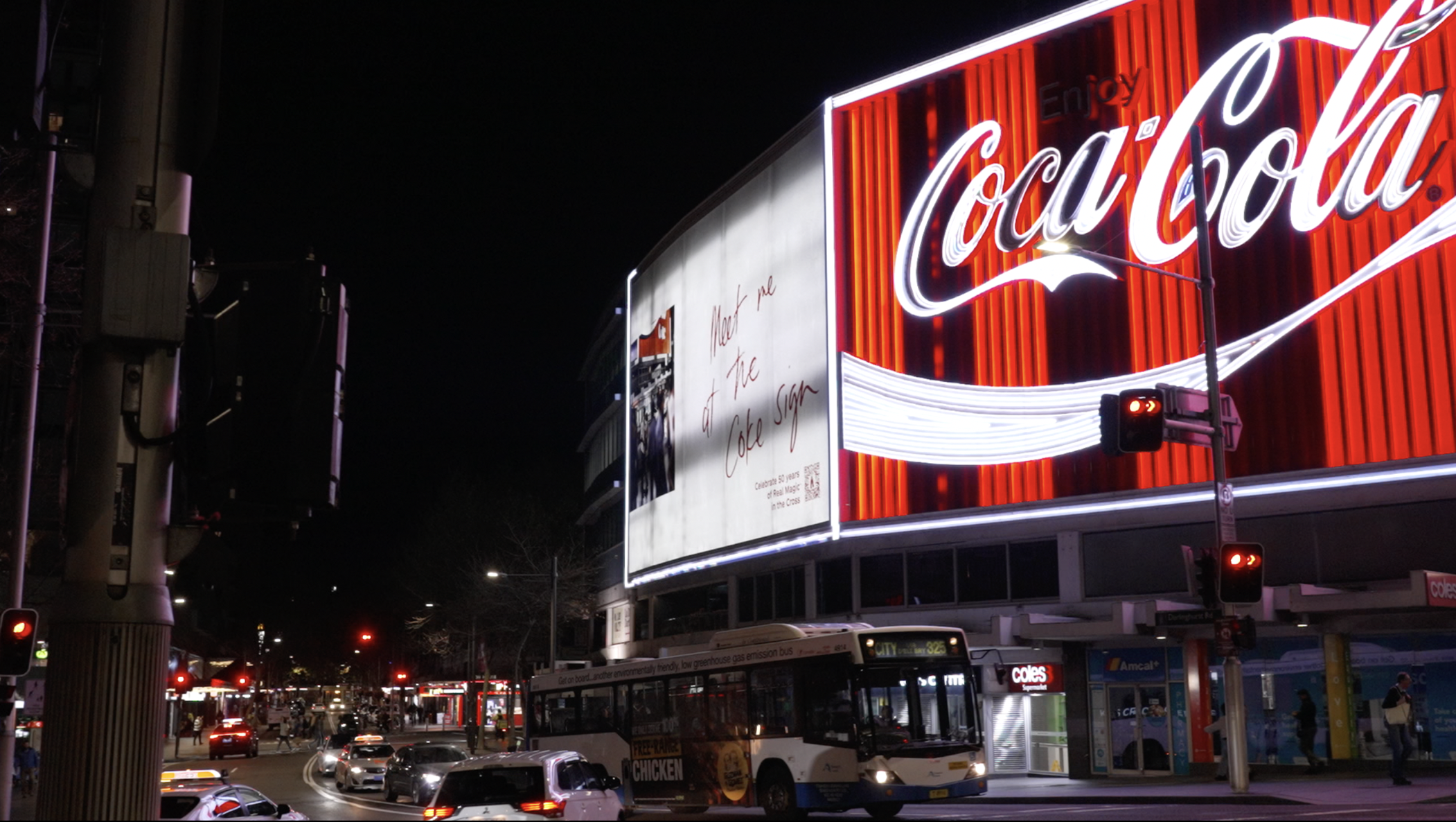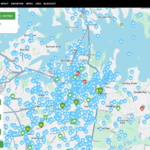Treasurer Jim Chalmers may need to “get out of the way” if he hopes to achieve enough growth to fix deficits, much of which has been softened by Australian workers as they suffer through bracket creep, according to a leading economist.
Addressing parliament on Tuesday, Chalmers claimed $17 billion in tax cuts were “the biggest part of the responsible cost of living package” in the budget, which once fully implemented in July 2027, would save the average worker $536 per year.
But while the reduction was welcomed, economists fear bracket creep and its effect on the average Australian household is a key tax policy flaw in an inflationary environment.
“Bracket creep is a significant issue for Australian households. After all, due to bracket creep, the average tax rate will increase over time as inflation pushes wages higher,” said Mark Humphery-Jenner, associate professor of finance at UNSW Business School.
“This means that people will keep less of their own money.”
He added the answer does not lie in income tax.
“Tax reform is now a euphemism for tax hikes,” he said. “The government must focus on taking a smaller slice of a growing economic pie, rather than a larger slice of a stagnant one.
“We must move past the myopic idea that a tax cut must be immediately offset by another tax hike or an immediate spending cut. Rather, we must consider how that cut will impact growth and its ability to pay for itself.“
Australia has fallen behind the OECD average for disposable household income, currently lagging by 12.2 points. In the United States, federal income tax is indexed to avoid bracket creep and continues to track the OECD average.

Households’ economic wellbeing. Source: OECD dashboard
“Bracket creep hampers productivity and discourages people from working or from investing,” Humphery-Jenner added.
“The great irony is that the increasing tax rates might actually undermine total tax revenue by stymying economic growth.”
Income tax is now projected to reach 46 per cent of tax revenue, shy of its ’80s peak of 47 per cent.
However, the political appetite for reform is largely stunted. If bracket creep was “returned”, the share of tax from income would remain at 42 per cent.
The Parliamentary Budget Office estimates the government’s fiscal balance would reverse and threaten the projected return to budget surplus.
But Humphrey-Jenner said he feared this was short-sighted and cited indexation of tax brackets as a possible fix.
“It is myopic to simply look at the ‘direct’ impact of a tax cut on today’s deficit,” he said.
“If indexing tax brackets encourages more growth or encourages people to work more hours, then it could pay for itself.”
Corporate tax evasion… is the main logical antidote to the receding tax base, but it’s very hard.
A group of eight Teal independents wrote to Chalmers earlier this month, calling for indexation.
“Bracket creep erodes disposable income, disincentivises ambition, and slows productivity growth,” Independent MP Zoe Daniels said in a statement.
“Put simply, it’s a drag on the lives and livelihoods of working Australians who constantly find themselves paying more tax without seeing a commensurate improvement in their standard of living.”
The projected deficit for this budget is $27.6 billion, with deficits expected through the rest of the decade, racking up $179.5 billion on the national debt, which this budget will place at $1.022 trillion.
Economists aren’t sure where the money will come from for a future surplus or debt repayment if income tax nears capacity, but think less is more.
“Get out of the way, reduce red tape, stop interfering and distorting markets such as the ‘green’ energy subsidies and net zero madness, significantly deregulate childcare, etc,” said Gigi Foster, professor of economics at UNSW’s School of Economics.
“Effective reform to corporate tax evasion would be quite effective at raising funds, and is the main logical antidote to the receding tax base, but it’s very hard.”
Main image created with GenCraft AI.




























